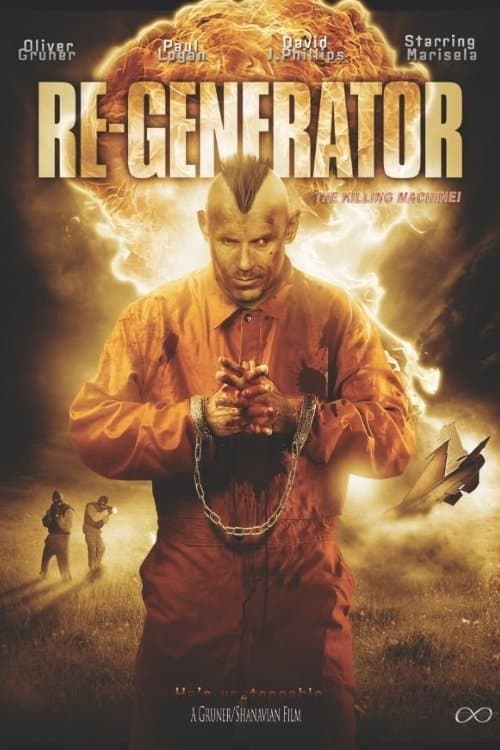I Ramones
Jan 01 1980
•0h 28m
•Music, Documentary
I Ramones is a half-hour of concert footage captured in Rome in 1980, just after the release of the Phil Spector-produced album End of the Century. Shot on film, it laid forgotten in the vaults of an Italian television station for two decades after its one-time broadcast.
Cast
See all
Joey Ramone
Himself

Dee Dee Ramone
Himself

Marky Ramone
Himself

Johnny Ramone
Himself
Recommendations
See all
James Brown Live At The Apollo '68
This was one of a series of concerts James Brown gave at the Apollo in Harlem in March 1968. This performance was broadcast on television as James Brown: Man To Man. In addition to 16 vintage color performances from the concert, this special also includes film of James Brown walking the streets of Harlem and Watts as he speaks to the state of Black America and describes the political and socioeconomic advances that need to be accomplished: “My flight is for Black American to become American.”—James Brown This concert is much a 1968 James Brown time capsule as it is a timeless representation of how music can change the world.

Re-Existences
“Re-Existence” is a documentary about migration stories of individuals from the Brazilian queer community.

(re)kindle
Ana and Helen, two divorced women, were close friends as teenagers. Today, amidst the corona virus pandemic and in quarantine, they get in touch after 20 years via internet. Through video conference calls, memories, sensations and emotions reflourishes.

Re-Generator
A plane containing a highly classified government project crashes outside of a small town in the US. Realizing the level of danger, the government tries to secretly fix the problem. As tensions grow, the situation gets out of control, and civilians from the town find themselves facing their worst nightmare: a genetically enhanced killing machine that doesn't know how to stop.